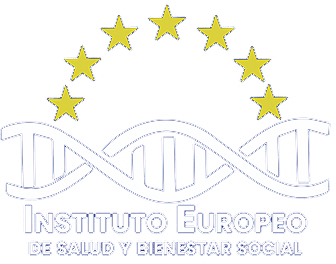In the first week of this year, China informed the World Health Organization (WHO) about “a new coronavirus” in the center-east of the country.
Not even a month after this, WHO declared the situation as an international emergency. The organization did this to ensure the stopping of the virus, in order to be prepared for possible cases around the world.
Although a global alarm has been triggered, the death rate of the coronavirus is only 3%. In fact, only a few days ago, China achieved the highest number of patients recovered from the disease: 72 people on the same day. In addition, 99% of the patients who have been diagnosed are from Mainland China.
As the citizens find themselves in a situation of restlessness, Health and Innovation Ministers sent messages of calmness towards the Spaniards. Right now, only one case of coronavirus has been detected in the country, and it is under control and appears to be mild.
Even though the situation seems to be controlled, at least in Europe, WHO has given a series of tips to prevent infection, as well as a series of characteristic symptoms to detect the virus in oneself. It is very similar to the common flu, with the main difference that the coronavirus can lead directly to pneumonia. Symptoms include fever, cough, migraine, respiratory distress, general tiredness, and even diarrhea.

Taking these tips into account makes it much more difficult for contagion to occur.
If you are interested in tracking the spread of the virus in real time, John Hopkins University has created a real-time interactive map that keeps track of all infections.
